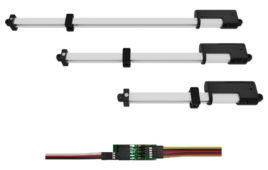Belt drives have continued to evolve with new applications. Industrial belt drives in motion designs consist of rubber, engineered plastic, metal, or (most common) multi-material belts that wrap around drive pulleys — grooved or otherwise profiled wheels mounted on a shaft — in turn driven by electric motors.
Powered by various motor types, belt drives run axes transmitting fractional horsepower to 7,000 hp or more. Most belt drives in motion designs also wrap the belt around one or more idler pulleys that keep the belt taut and on track.
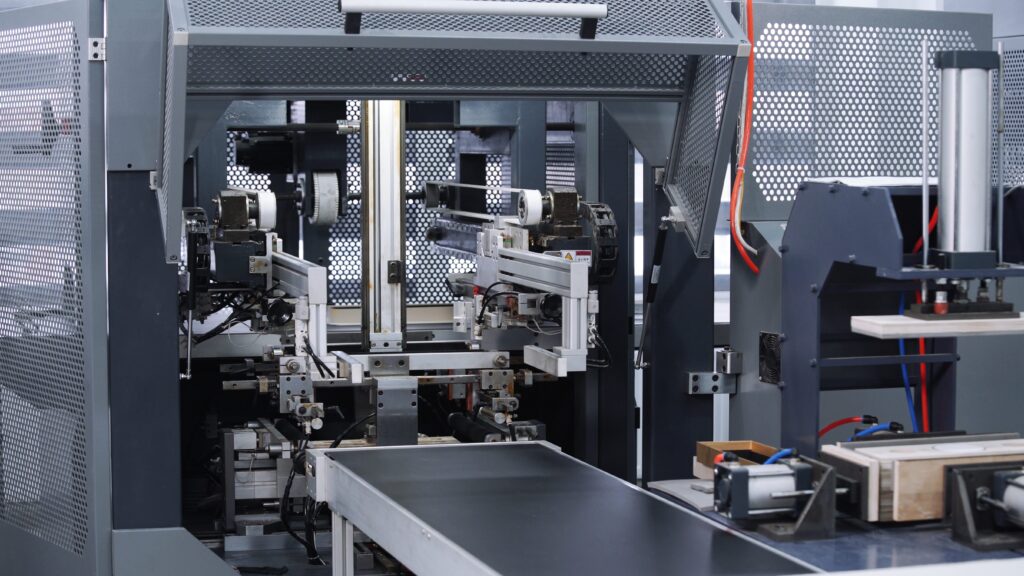
While industrial belts are generally non-serviceable and can exhibit wear and vulnerability to oil as well as debris contamination, their benefits abound. The main reasons that engineers pick belt drives over other options is that modern varieties require little if no maintenance; they’re less expensive than chain drives; and they’re quiet and efficient, even up to 95% or more. In addition, the tensile members of today’s belts — cords embedded into the belt rubber that carry most of the belt load — are stronger than ever. Made of steel, polyester, aramid, fiberglass, or carbon fiber, these tensile cords render today’s belt drives thoroughly modern power-transmission devices.
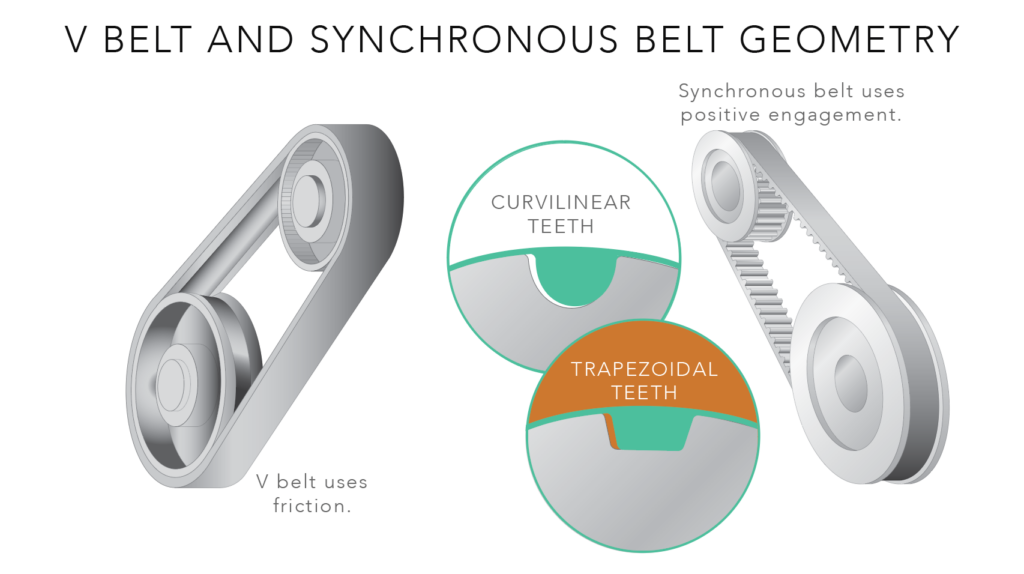
Note: Terminology for belt drives is more consistent than that for other motion components. That said, in some contexts the term sheave is used instead of pulley. The terms sheave and pulley are interchangeable, with few regions and industries differentiating sheave to mean any drive pulley — distinct from idler pulleys that have flat (or simply profiled) outer diameters. Otherwise, sheave can imply a rugged steel or cast-iron drive wheel that’s less precisely cast or machined than the pulleys found in motion designs — which are our primary focus in this article.
Belt-drive evolution of design and performance
Flat belts are the original design for automated machinery — first applied in such designs during the first Industrial Revolution and before. In fact, flat belts were and remain especially important in pump and sawmill operations — and once reigned supreme in driving many axes off common steam-powered line drives through factories. Versions made of leather quickly gave way to rubber and neoprene — hastened by the innovations of the burgeoning automotive industry and new forms of independent pieces of machinery run off electric motors. Today, highly engineered flat belts still find myriad uses in conveying and material-handling applications.
However, the faster axis speeds associated with many motor-powered designs necessitated belts with new geometry — so next came V belts having trapezoidal cross sections. Invented by John Gates in 1917, their easier tracking on pulleys and higher friction (which we’ll explain more on a moment) also allow high force transmission even at tension values lower than typical. Reinforced cords embedded in belt backing — the tension-carrying zone — was another innovation still core to modern belt variations.
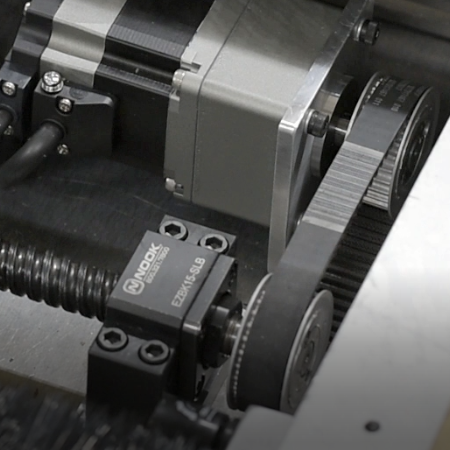
Combining flat and V-belt design elements are ribbed or poly-groove V belts — those with a cord-reinforced tension-bearing face and multiple trapezoidal profiles running the inner belt circumference. Drives based on ribbed V belts are exceptionally compact and necessitate lower tensions than flat belts.
Other belt-related innovations came to include the introduction of toothed belts for synchronous chain-like operation; heat-resistant belt insulation layers; elasticized and other highly engineered working belt surfaces; and pre-stretched tensile cords of various materials.
Recent years have seen convergence of specialty belt drive systems in mass-produced consumer and light industrial tools with the standard belt drives integrated into specialty machine designs. That’s because options have proliferated for belts with flat and round profiles as well as those with various V-shaped profiles and toothed belts for synchronous operation. The Association for Rubber Products Manufacturers (ARPM) originating from the Rubber Manufacturers Association (RMA) and the National Industrial Belting Association (NIBA) along with component suppliers dictate the details of how the geometries and performance of these industrial belt drives are standardized and quantified.
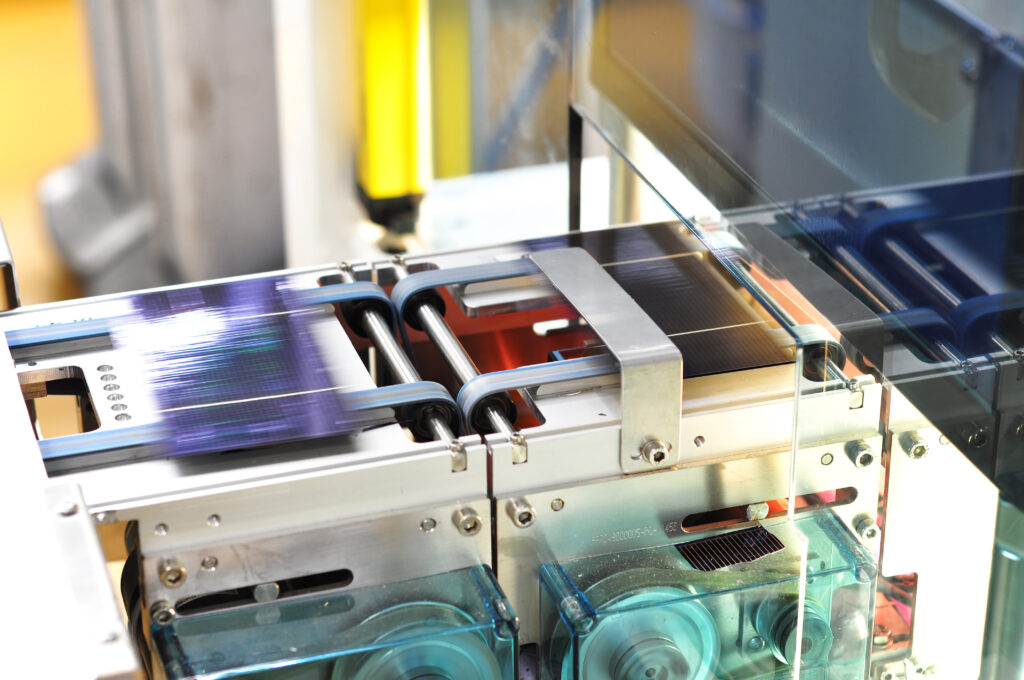
Many manufacturers describe belts and pulleys with five main geometries. Pitch diameter is the drive pulley’s diameter. Center distance is the distance between the two pulleys’ centers. Minimum wrap angle is a measure of how much the belt wraps around the smallest pulley. Belt length is how long the belt would be if cut and laid flat. Finally, in the case of toothed belts (also called synchronous belts) the pitch is the number of teeth per some length — so a 3-mm pitch means that the belt has one tooth every 3 mm, for example.
Power ratings based on belt and pulley size (along with motor output) are adjusted for the belt-drive length and wrap diameters. Traditionally, charts of belt geometries and counts, horsepower ratings, and speed and force capabilities assist design engineers in the specification process. Today, sizing and selection software tools abound to match required values to a machine axis’ geometry and torque (output force) and speed requirements. These also provide service-factor adjustments informed by the belt or other component supplier’s own historical experience with given industry and application type.
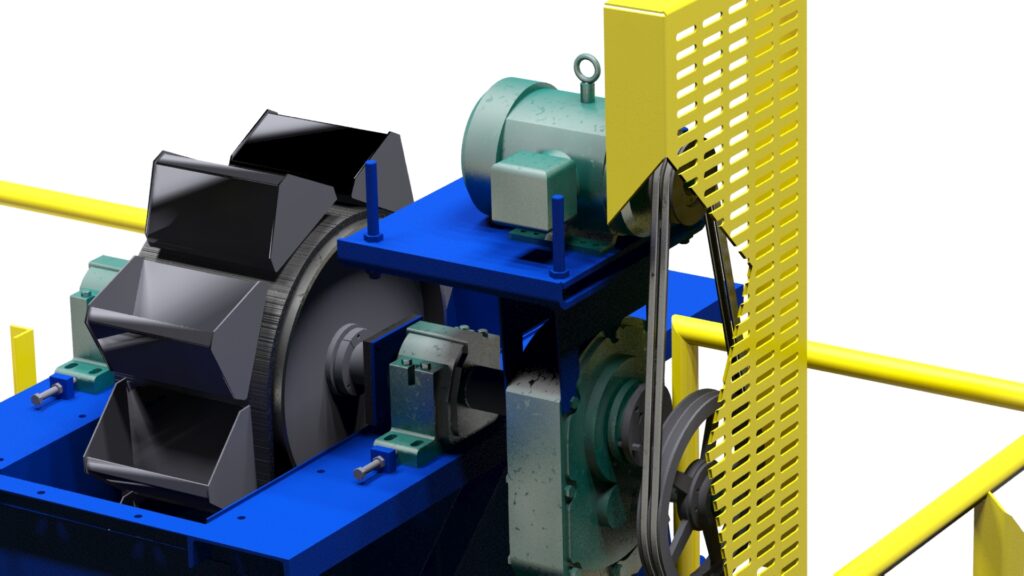
Filed Under: Linear Motion Tips


